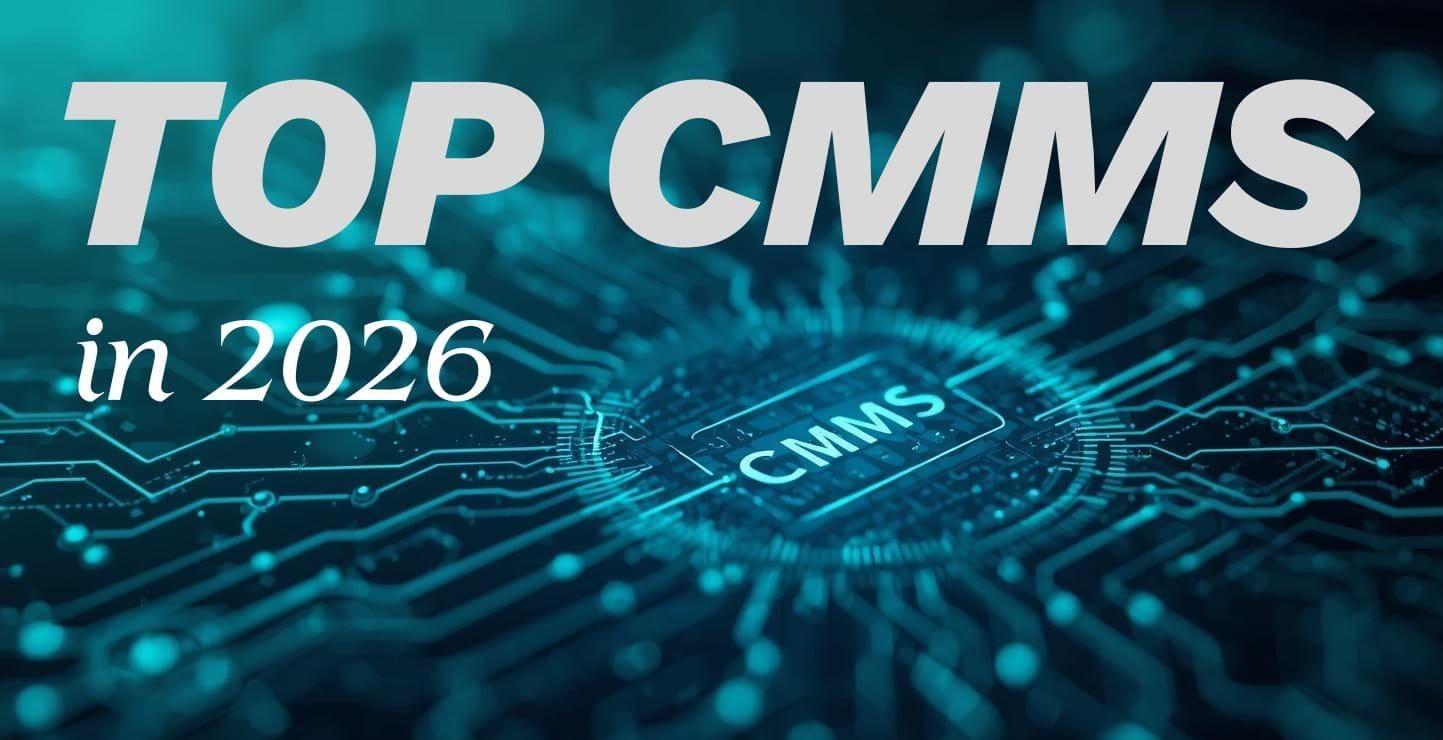The future CMMS mobile technology is here. After more than two decades in the maintenance software industry, I’ve seen lots of technology changes. But I’ve never seen anything that’s been as readily and widely adopted as modern mobile technology. The smartphone I carry in my pocket today is far more powerful than my first desktop computer. It’s transformed the way I do business, from how I communicate with employees and customers, to how I track sales numbers and learn about what my competitors are up to.
Mobile devices are clearly changing the way maintenance operations work, too. The recent Mobile CMMS Software UserView survey from Software Advice sought to understand how maintenance organizations were using mobile. It demonstrates why mobile CMMS functionality is now a “must-have.” Among its top findings, it showed that…
- Tablet users reported the greatest efficiency increases,
- Real-time data access and easy-to-use interfaces topped requirements lists, and
- Older users demonstrated the least improvement in efficiency from mobile tech.
It’s clear that many organizations have discovered mobile technology is a natural fit with maintenance workflows—and mobile CMMS, specifically. It allows maintainers to access information and record data on the spot—where maintenance happens, instead of in a plant or campus office. I’m convinced every MPulse customer can benefit from mobile technology, and I think it’s on the cusp of transforming the way CMMS fits into maintenance workflows.
Software Advice’s findings helped me better understand the ways mobile technology is being used in the maintenance world—and what maintainers should be thinking about as this technology becomes ever more commonplace. Here are a few of my key takeaways.
Table of Contents
Old Dogs and New Tricks
Organizations using mobile devices in maintenance operations are reporting some impressive efficiency gains. 43 percent of respondents reported a significant increase in efficiency, with another 28 percent reporting a moderate increase. That’s encouraging, because increased efficiency is what CMMS users want most of all, and mobile devices are helping them get there.
Dig a little deeper into the data, though, and you’ll quickly realize one of the key challenges in mobile adoption. It’s still hard to teach an old dog new tricks. As you might expect, younger employees account for the bulk of efficiency increases, because they’re more comfortable with the future mobile technology.
Efficiency Increase by Age Group
Part of the solution to this problem involves companies like MPulse continuing to make future mobile technology easier to use. And we’re working hard to do so. But you can get ahead of the game by ensuring your older employees get good, hands-on training on mobile tech. Don’t just assume they know how to use the latest apps—or that they’ll figure them out, like “digital natives” tend to do.
Tablets Rock
All mobile devices are not created equal, and maintenance technicians are already leaning toward tablets over smartphones. 44 percent of those surveyed report using a tablet, versus 34 percent who use a smartphone.
Based on personal experience, I wasn’t surprised at this finding. A tablet’s larger screen size (when compared to smartphones) is easier on the eyes, and allows big, hard-working, indelicate hands to more easily work buttons and drop-downs menus. As smartphone screens (like Apple’s iPhone 6 Plus) continue to grow, though, we may see some changes to these numbers.
Consider providing your employees with large-screen devices like tablets or big smartphones. It will go a long way to encouraging adoption of the technology and will eliminate some frustration along the way.
Real-Time Data is King
When it comes to what CMMS customers expect from mobile CMMS, real-time data tops the list. 40 percent of respondents said it was their number-one priority. Ease of use came in a close second.
These top two requirements make perfect sense, when you remember CMMS customers strive for improved efficiency. Access to real-time data is the best way to save time and help your maintenance staff boost productivity. And an easy-to-use interface means better acceptance from your workforce and a better way for maintainers to quickly enter data on the job.
Be sure to highlight these two key requirements to your CMMS vendor as “deal breakers” if they can’t provide them. You don’t want to get stuck with mobile technology that’s hard to use and doesn’t give you immediate access to the data you need. If they can’t fulfill these requirements, you should look elsewhere.
Mobile CMMS is Here to Stay
If these findings haven’t convinced you that mobile tech is here to stay, consider this sobering fact from a recent Boston Consulting Group study, titled The Mobile Revolution: How Mobile Technologies Drive a Trillion-Dollar Impact: Small-to-medium enterprises (SMEs) “that are mobile leaders are winning. Typically, the 25 percent of SMEs that use mobile services more intensively see their revenues growing up to two times faster and add jobs up to eight times faster than their peers.” The organizations that aren’t? They’re falling behind.
Truly capable mobile devices are still relatively new to the maintenance management world, but they have huge potential to change the way maintainers track data. Mobile CMMS can help your team spend less time on the computer and more time doing what you hired them for—maintenance.






